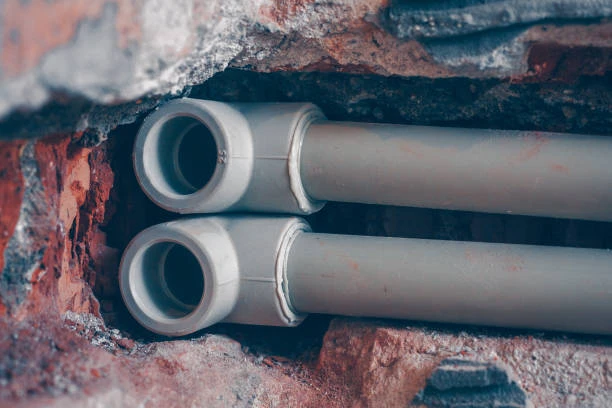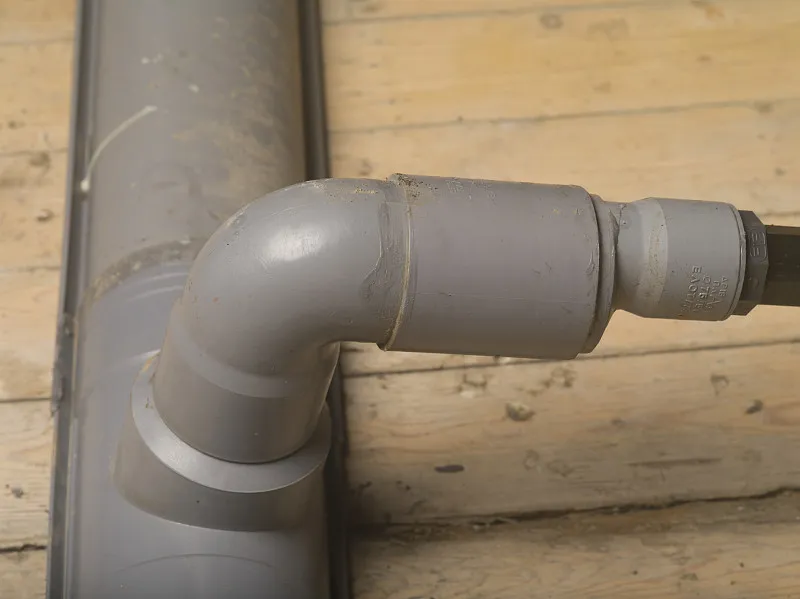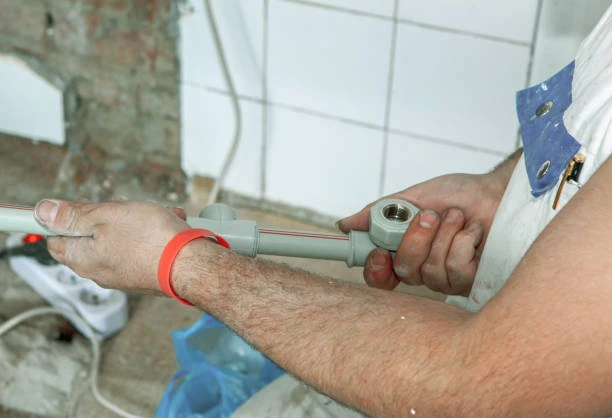Introduction PPR Pipe
The PPR Pipe market is gaining significant attention as industries and consumers increasingly recognize the advantages of polypropylene random copolymer (PPR) pipes. These versatile piping solutions have become essential in modern construction and plumbing due to their durability, resistance to corrosion, and excellent thermal insulation properties. As we look towards 2031, the market is poised for remarkable growth, with key players like China Lesso leading the way.
What is PPR Pipe?
Definition and Composition
PPR pipes are made from polypropylene, a thermoplastic polymer known for its robustness and lightweight characteristics. These pipes are typically used in hot and cold water applications, offering a long lifespan and low thermal conductivity, making them an ideal choice for plumbing systems.
Types of PPR Pipe
There are several types of PPR pipes, including:
- Standard PPR Pipes: Commonly used for residential and commercial plumbing.
- PPR-CT Pipes: Designed for high-temperature applications.
- PPR Fiber Pipes: Reinforced with fibers for enhanced strength and pressure resistance.
Market Overview Of PPR Pipe
Current Market Size
As of now, the global PPR pipe market is estimated to be valued at approximately $2.5 billion, with a steady increase projected over the next several years. The growing demand for efficient plumbing solutions is driving this growth.
Growth Projections to 2031
Analysts forecast that the market will reach around $4.2 billion by 2031, driven by rising construction activities, urbanization, and a shift towards sustainable materials.
Factors Driving PPR Pipe Market Growth
Demand in Residential Sector
The residential construction sector is witnessing an upswing, leading to increased demand for PPR pipes. Homeowners are prioritizing quality plumbing materials that ensure longevity and efficiency.
Industrial Applications
PPR pipes are also gaining traction in industrial applications, particularly in the food and beverage industry, where hygiene and safety are paramount.
Environmental Concerns and Sustainability
With growing awareness of environmental issues, there is a significant shift towards sustainable materials. PPR pipes are recyclable and have a lower environmental impact compared to traditional materials, making them a preferred choice.
Key Players in the PPR Pipe Market
China Lesso Overview
China Lesso is a leading manufacturer of PPR pipes, known for its innovative approach and commitment to quality. With a strong presence in the Asian market, the company has established itself as a significant player in the global landscape.
Other Major Companies
Other notable players in the market include:
- Wavin
- Georg Fischer
- SABIC
- Aquatherm
Market Share Analysis
China Lesso holds a substantial market share, attributed to its extensive distribution network and diverse product range. Competitors are continuously innovating to capture a larger portion of the market.
Regional Analysis
North America
The North American PPR pipe market is expanding, fueled by an increase in residential construction and renovation projects.
Europe
Europe remains a significant market, driven by stringent regulations on water quality and sustainable materials.
Asia-Pacific
The Asia-Pacific region, led by China and India, is expected to witness the highest growth rate, supported by rapid urbanization and infrastructure development.
Middle East & Africa
Investment in infrastructure projects in the Middle East is boosting the demand for PPR pipes, while Africa’s growing economy presents new opportunities.
Latin America
Emerging economies in Latin America are gradually adopting PPR pipes, particularly in plumbing and irrigation sectors.

Challenges in the PPR Pipe Market
Raw Material Costs
Fluctuations in the cost of polypropylene can impact pricing strategies and profit margins for manufacturers.
Competition from Alternative Materials
PPR pipes face competition from materials like PVC and metal, which can affect market share.
Future Trends
Innovations in PPR Pipe Technology
Technological advancements are leading to the development of enhanced PPR pipes, offering better durability and performance.
Growing Eco-Friendly Products
The market is increasingly leaning towards eco-friendly alternatives, prompting manufacturers to focus on sustainability.
Conclusion PPR Pipe
In conclusion, the PPR Pipe market is on an upward trajectory, driven by demand in various sectors and the need for sustainable solutions. Companies like China Lesso are at the forefront of this growth, capitalizing on innovations and expanding their reach. As we move towards 2031, the future looks bright for PPR pipes, with ample opportunities for growth and development.
FAQs
What are the advantages of PPR Pipe?
PPR pipes are lightweight, corrosion-resistant, and offer excellent thermal insulation, making them ideal for hot and cold water systems.
How do PPR pipes compare to PVC?
While both materials are durable, PPR pipes can withstand higher temperatures and pressures, making them more suitable for a wider range of applications.
What applications are best suited for PPR Pipe?
PPR pipes are commonly use in plumbing, heating systems, and industrial applications due to their versatility and reliability.
What is the lifespan of PPR pipes?
PPR pipes can last for over 50 years with proper installation and maintenance, making them a long-term solution.
How is the market expected to evolve?
The PPR pipe market is expect to grow significantly, driven by increased construction activities and a shift towards sustainable materials.


















